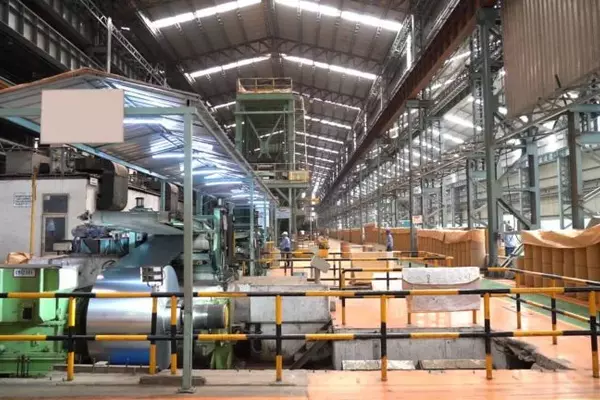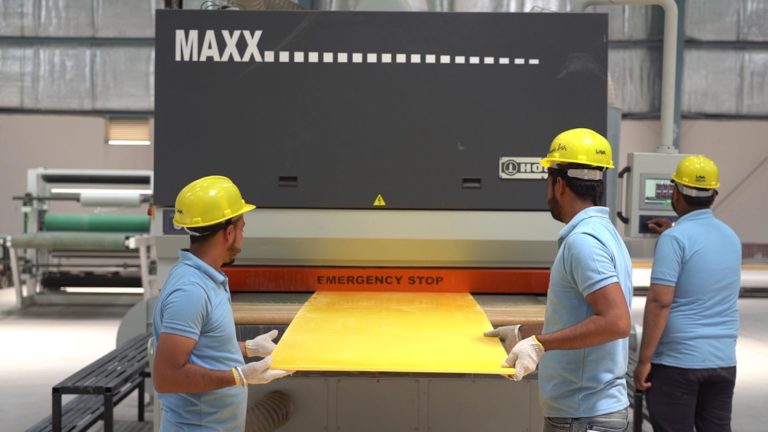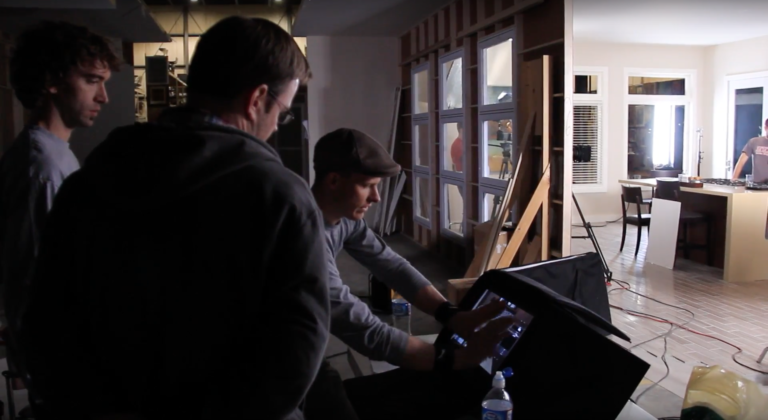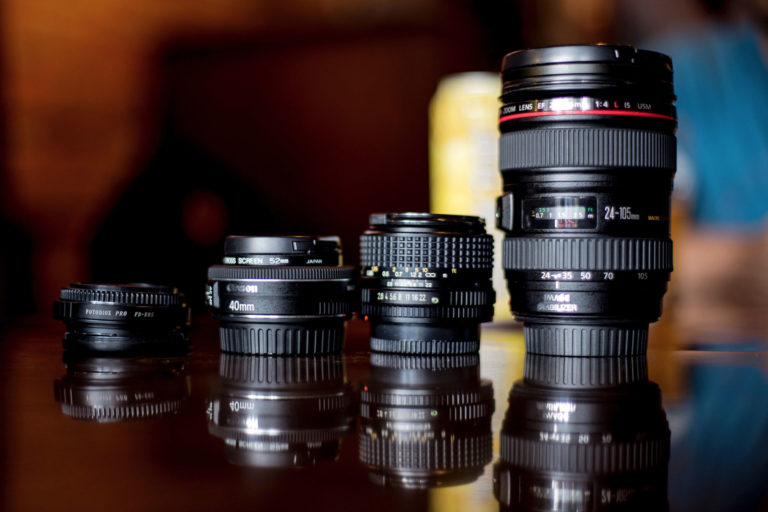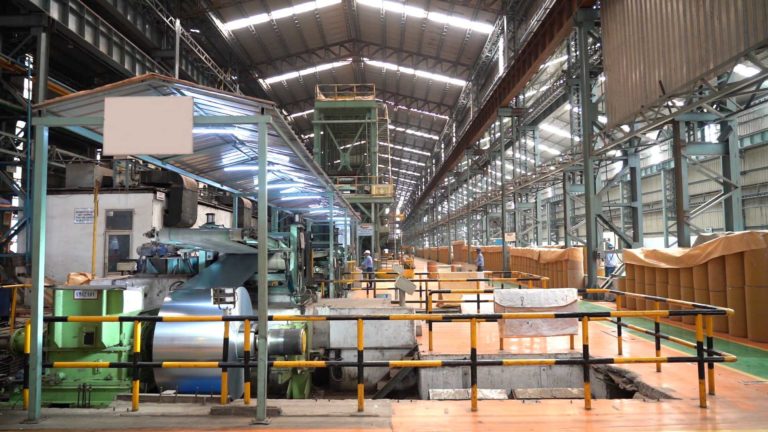Shooting at a Manufacturing Facility requires an entirely different video production approach and meticulous planning for seamless execution as factories sometimes have low lighting, less space for camera placements, and cluttery environment; making the overall shoot difficult.
Here are a few steps on how to conduct shoot for a powerful Video for Manufacturing:
Planning
Explore Shoot Location: Inspect the factory before the shoot to get an idea of camera placements or drone flying space. Carefully checking the lighting requirements is a good time-saving practice for post-production as factories usually have dim lighting. Analyze and make notes of the important machinery, functioning, product handling, and other key areas.

